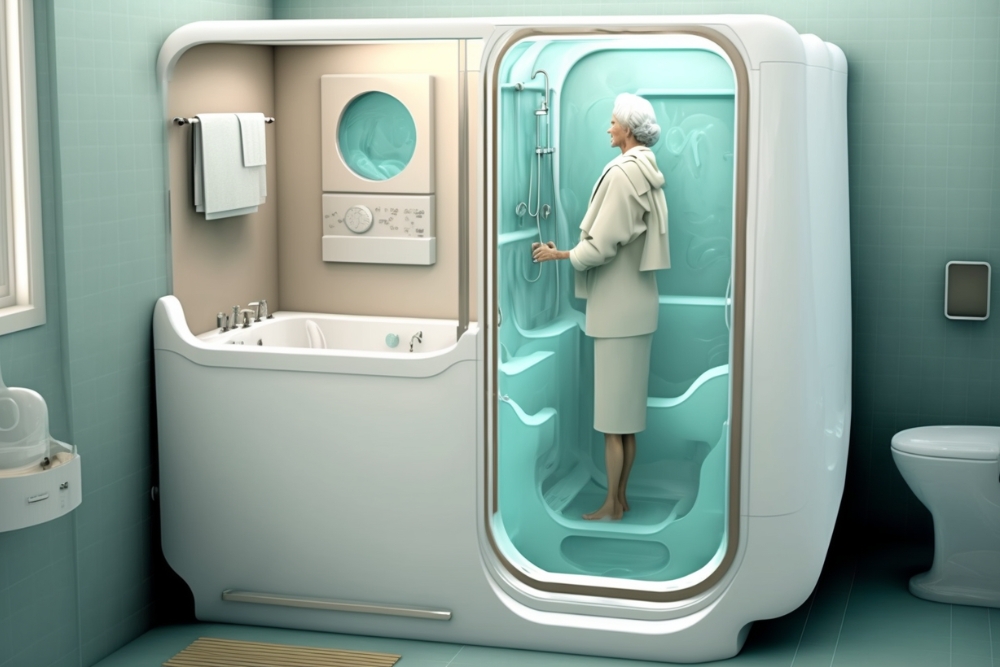Revving Up: Understanding the Intricacies of Automotive Cooling Systems
When it comes to automotive engineering, many tend to focus on the power and performance of the engine. However, there's another crucial component that plays a pivotal role in not only the performance, but also the longevity of our cars - the cooling system. This article will delve into the intricacies of automotive cooling systems and their significance in today's automotive landscape.

A Glimpse into the Past: The Evolution of Cooling Systems
Automotive cooling systems have come a long way since the advent of automobiles. The earliest cars did not have cooling systems, leading to frequent overheating issues. However, with the realization of the importance of temperature regulation in performance and engine longevity, car manufacturers started incorporating cooling systems into their designs.
The earliest cooling systems were air-cooled, relying on the flow of air over the engine to dissipate heat. This principle is still used in some cars and motorcycles today, but the majority of modern vehicles use liquid cooling systems, which offer more precise temperature control.
The Current Landscape: Modern Cooling Systems
Today’s cooling systems are complex and highly efficient, designed to maintain the engine at an optimal operating temperature, regardless of the driving conditions. They consist of several components, including the radiator, thermostat, water pump, and coolant, which work in harmony to manage heat generation.
The radiator, usually located at the front of the vehicle, is the heart of the system. It contains a network of small tubes through which the coolant flows, dissipating heat to the surrounding air. The thermostat regulates the flow of coolant, ensuring the engine warms up quickly and then stays at a steady temperature. The water pump circulates the coolant, and the coolant itself absorbs heat from the engine and carries it to the radiator.
Impact and Benefits: Why Cooling Systems Matter?
Automotive cooling systems have a significant impact on both vehicle performance and longevity. Overheating can cause serious damage to the engine, including warped cylinders, cracked heads, and blown gaskets - all of which can be expensive to repair. By maintaining the engine at an optimal temperature, cooling systems help prevent these issues, extending the lifespan of the engine.
Moreover, maintaining the right temperature also ensures the engine is working at its most efficient, which can improve fuel economy and performance. It also plays a crucial role in reducing emissions, as engines that run too hot or too cold can produce more harmful pollutants.
The Road Ahead: Challenges and Developments
As we move into an era of more efficient and high-performance engines, the demands on cooling systems are increasing. Higher performance often means higher heat generation, requiring more efficient cooling. At the same time, there’s a push for lighter, more compact designs that take up less space and contribute less to overall vehicle weight.
To meet these challenges, engineers are continually innovating and refining cooling systems. One area of focus is improving the efficiency of radiators through better design and materials. Another is the development of smart cooling systems, which can adjust their operation based on driving conditions to optimize efficiency and performance.
In conclusion, while they may not grab the headlines like engines and horsepower, automotive cooling systems are an integral part of modern vehicles. By keeping our engines at the right temperature, they play a crucial role in ensuring our cars perform at their best, last longer, and have less impact on the environment. As we drive into the future, these unsung heroes of automotive engineering will continue to evolve and improve, helping us get the most out of our vehicles.




